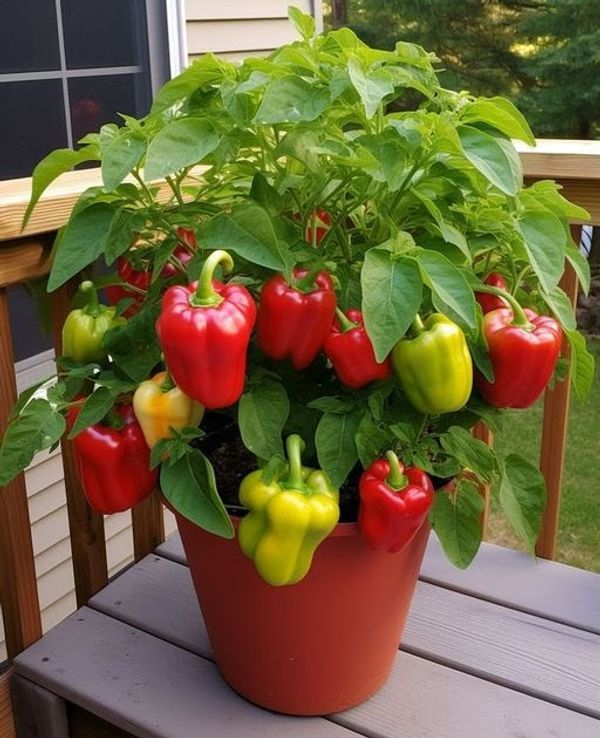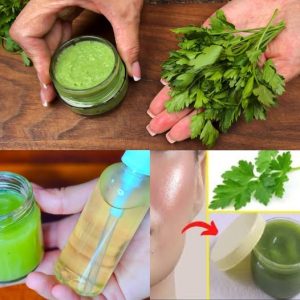
Are you eager to taste the amazing flavor of freshly harvested bell peppers from your own garden? Look no further, because this article has all the information you need to grow the most delicious bell peppers right in your backyard. Whether you’re an experienced gardener or just starting out, we’ve got you covered.
When it comes to bell peppers, there are various sweet varieties to choose from, each with its own unique flavor, color, and size. Here are some common choices:
Green Bell Peppers: These peppers are harvested before they fully ripen, giving them a crisp and slightly bitter flavor.
Red Bell Peppers: Left to ripen fully on the vine, these peppers are sweet and rich in flavor.
Yellow and Orange Bell Peppers: These varieties are also sweet and add vibrant colors to your garden.
It’s important to consider your local climate when selecting the bell pepper variety. While they thrive in warm climates, there are also varieties bred specifically for cooler regions.
To ensure successful growth and a bountiful harvest, here are some planting tips:
Start with Quality Seeds or Seedlings: Choose high-quality, disease-resistant seeds if you’re starting from scratch. Alternatively, opt for healthy seedlings from a reputable nursery.
Timing is Crucial: Bell peppers are warm-season crops. Start seeds indoors 8-10 weeks before the last expected frost date. Transplant the seedlings outdoors once the soil has warmed and all danger of frost has passed.
Give Them Plenty of Sunlight: Bell peppers love sunlight! Make sure to plant them in a location that receives at least 6-8 hours of direct sunlight daily.
Use Well-Draining Soil: Bell peppers prefer well-draining soil with a pH level between 6.0 and 6.8. Improve soil fertility by adding organic matter to it.
Provide Adequate Spacing: It’s important to plant bell pepper seedlings 18-24 inches apart to allow for proper air circulation and prevent the spread of diseases.
Mulch for Moisture Retention: Applying a layer of mulch around the plants will help retain moisture, suppress weeds, and regulate soil temperature.
To ensure healthy growth and a bountiful harvest, here are some care and maintenance tips:
Watering:
Proper watering is crucial for the health of your bell pepper plants. Make sure to water them consistently and deeply, keeping the soil moist but not waterlogged. Avoid overwatering as it can lead to root rot. Additionally, it’s best to water your bell peppers in the morning to give them ample time to dry before cooler evening temperatures.
Fertilizing:
To promote healthy growth, fertilize your bell peppers with a balanced organic fertilizer, following the manufacturer’s instructions. Be mindful not to over-fertilize, as it can result in excessive foliage growth instead of fruit production.
Staking or Support:
As your bell pepper plants grow taller, they may need support to prevent them from toppling over. Consider using stakes or cages to provide support and ensure the plants stay upright.
Pest and Disease Control:
Watch out for common pests like aphids and tomato hornworms, as they can damage your bell pepper plants. Regularly inspect your plants and take necessary measures, such as applying organic insecticides or using natural pest control methods. It’s also important to be vigilant for any signs of diseases, such as bacterial spot or powdery mildew. If detected, promptly treat the affected plants with appropriate organic treatments.
By following these tips and providing the right care, you can enjoy a bountiful harvest of crispy and flavorful bell peppers straight from your own garden. Happy growing!





